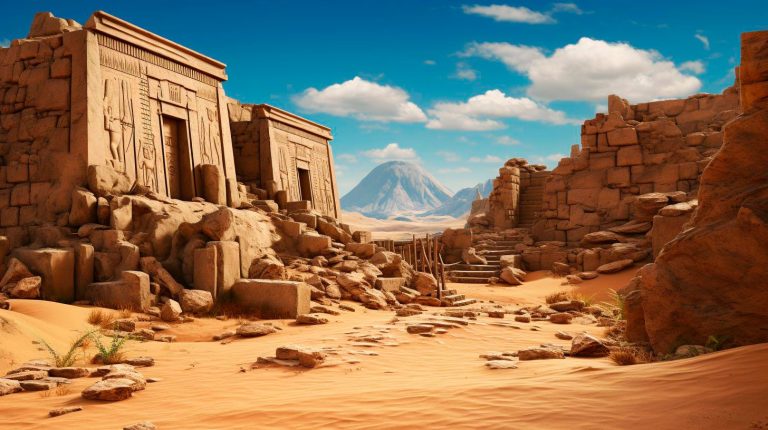This article explores the significance of photography in capturing indigenous cultural shifts and the impact it has on preserving and promoting their unique heritage.
The Power of Images
Images have the ability to transcend barriers of language and culture, allowing people from diverse backgrounds to connect and understand one another. For indigenous communities, whose stories and traditions have often been marginalized or misunderstood, photography provides a powerful tool to share their experiences and preserve their cultural identity.
By capturing images that depict indigenous customs, rituals, and everyday life, photographers can give voice to these communities, which may otherwise struggle to be heard. These images not only serve as a documentation of history but also act as a visual testament to the resilience and richness of indigenous cultures.
Promoting Cultural Awareness
Photography plays a crucial role in promoting cultural awareness and combating stereotypes. By showcasing the diversity and vibrancy of indigenous communities through visual storytelling, photographers challenge preconceived notions and break down barriers of ignorance and prejudice.
Key Takeaway: Photography serves as a tool for indigenous communities to reclaim their narratives and present an authentic representation of their culture to the wider world.
- Through photography, indigenous communities can counter the perpetuation of stereotypes and misconceptions.
- Visual storytelling helps foster empathy and understanding among different cultures.
- Photography serves as a platform for dialogue and collaboration between indigenous communities and the wider society.
Preservation for Posterity
For thousands of years, indigenous cultures have relied on oral traditions to pass down their knowledge and histories. However, in the face of globalization and cultural assimilation, these oral traditions are at risk of being lost. This is where photography steps in as a critical tool for cultural preservation.
Photographs capture fleeting moments and freeze them in time, ensuring that future generations can access and learn from their ancestors. They provide a visual archive of indigenous customs, traditions, and ways of life that might otherwise fade away with the passage of time.
Advancing Indigenous Rights
In addition to preserving cultural heritage, photography can be a catalyst for social change and advocacy. By documenting the challenges and inequalities faced by indigenous communities, photographers shed light on issues that need attention and action.
Through the power of visual storytelling, photographers can raise awareness about land rights, environmental conservation, and social justice. Their images can influence public opinion, drive policy changes, and empower indigenous communities in their fight for rights and recognition.
Key Takeaway: Photography acts as a catalyst for change by shedding light on the struggles and inequalities faced by indigenous communities.
- Photographs can create empathy and support for indigenous causes.
- Visual documentation exposes injustices and drives social and political changes.
- Photography provides a platform for indigenous voices to be heard in the global arena.
Conclusion
Photography’s role in capturing indigenous cultural shifts cannot be understated. It has the power to promote cultural awareness, advocate for indigenous rights, and preserve indigenous heritage for future generations. Through the lens of a camera, the beauty, resilience, and diversity of indigenous cultures are immortalized and shared with the world. By supporting and amplifying indigenous voices through photography, we contribute to a more inclusive and understanding society.






















+ There are no comments
Add yours